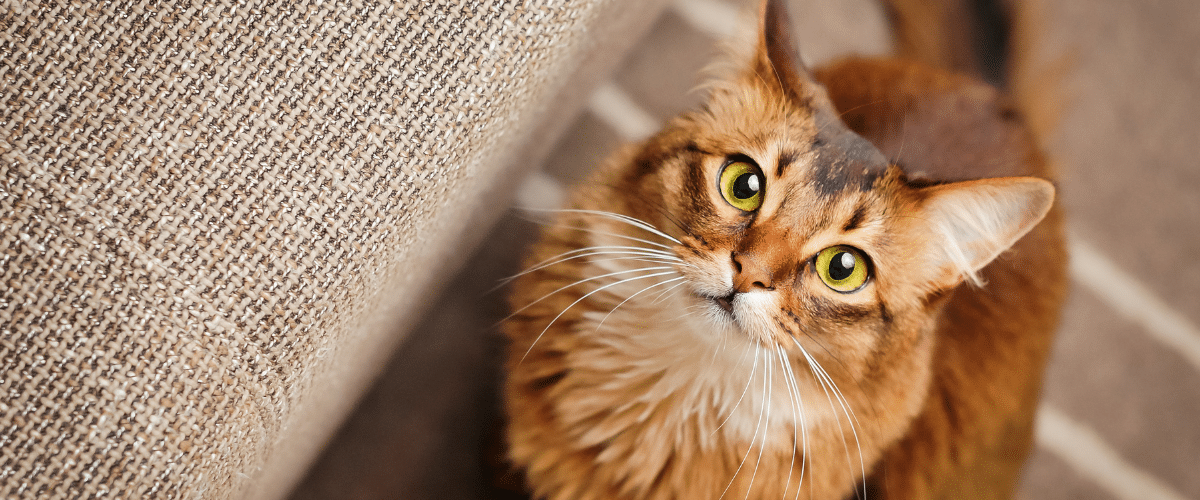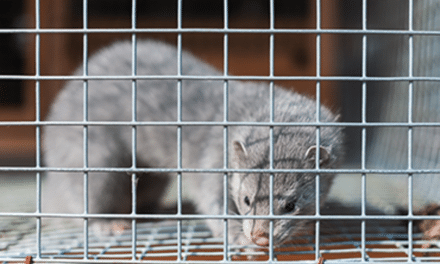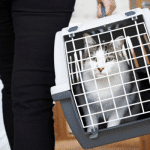By Imogen Mellor
Cats Protection campaigns for the mandatory microchipping of owned cats. They state that “cats are independent and curious creatures – part of the reason we love them. But this means that they can end up lost, perhaps far from home. Microchipping is a safe and permanent way to identify a cat and the best way of ensuring lost cats are returned to their loving families.” The hope is that mandatory microchipping will lead to fewer unidentified strays.
What is microchipping?
Microchipping involves the insertion of a minute microchip under the skin of a pet. Typically, it is around the size of a grain of rice. Each microchip has a unique serial number which can be read by a microchip scanner. The serial number is held by a commercial database provider, and when cross-referenced, it provides the details of the pet, the name, address, and contact details of its owner. Thus, when an animal is missing or a stray is found, scanning the microchip can enable identification of the registered owner.
Implantation of a microchip can cost a relatively modest sum, around £25. Some organisations, such as rehoming centres and animal clinics and hospitals, offer the service free of charge.
Regulations
Currently, the microchipping of cats is voluntary. In April 2018, Defra (Department for Environment Food and Rural Affairs) updated the Code of Practice for the welfare of cats (the Code) for England, with the collaboration of Cats Protection and others. The updated Code emphasises the benefits of microchipping cats, and Defra encourages owners to consider the benefits of microchipping. The only cats which currently must be microchipped are those travelling under the Pet Travel Scheme (PTS) due to the scheme’s requirements.
In contrast, the microchipping of dogs was made mandatory in 2015, following the introduction of Microchipping of Dogs (England) Regulations 2015 (the 2015 Regulations). Under this legislation, if an owner does not ensure that a dog over the age of 8 weeks old is microchipped, they are liable to a criminal conviction and face a fine of up to £500 (Level 2). Commenting on the introduction of the 2015 Regulations, then-Animal Welfare Minister George Eustice said:
Every responsible dog owner wants to know their pet is safe. Microchipping will not only reunite people with their lost or stolen pets, but also help to tackle the growing problem of strays roaming the streets and relieve the burden placed on animal charities and local authorities….We are a nation of dog lovers and microchipping is crucial for both good dog welfare and to provide dog owners with peace of mind.
According to the PDSA, 26% of adults in the UK own a dog and 24% own a cat, and so it’s fair to say that the UK is a nation of cat lovers as well as dog lovers. Mandatory microchipping would protect the wellbeing of these beloved pets too.
In addition, cats tend to be independent creatures and can often wander great distances from home. Usually this common behaviour presents no problems. However, when cats do become lost, or require medical help, it can be much harder to make contact with their owners. Clearly, many of the same reasons relied upon to require microchipping for dogs also apply to cats, and so microchipping should be mandatory for cats as well.
How to get involved
The UK government called for evidence to help understand the consequences that mandatory microchipping would have if introduced. The deadline was in January 2020, but you can still get involved by signing Cats Protection’s ongoing petition calling for the mandatory microchipping of owned cats at the following link:
https://www.cats.org.uk/what-we-do/campaigning/microchips-reunite
https://cats.e-activist.com/page/47386/petition/1
If you would like more information on the UK government’s call for evidence, visit their website at:


















